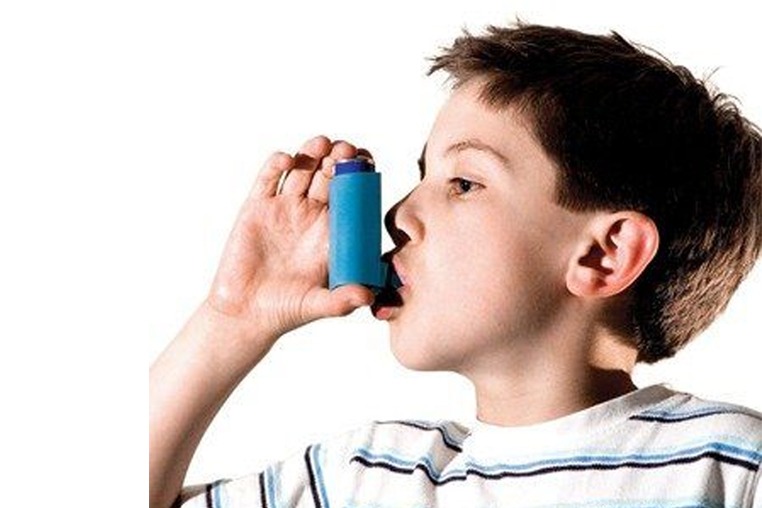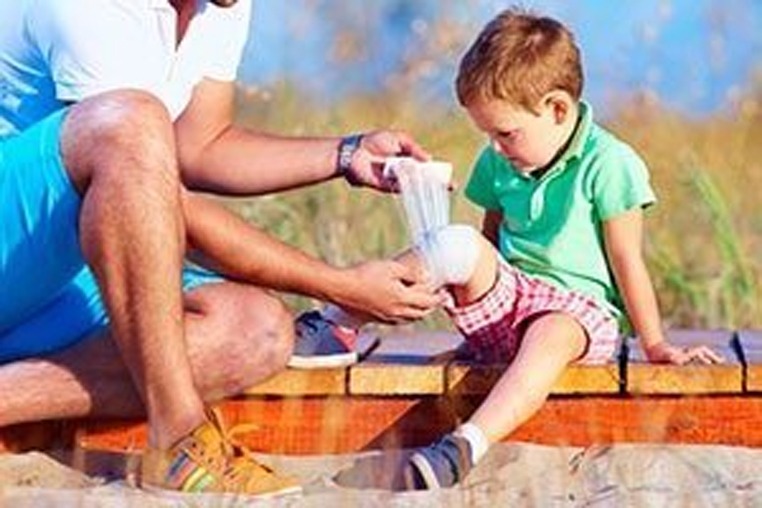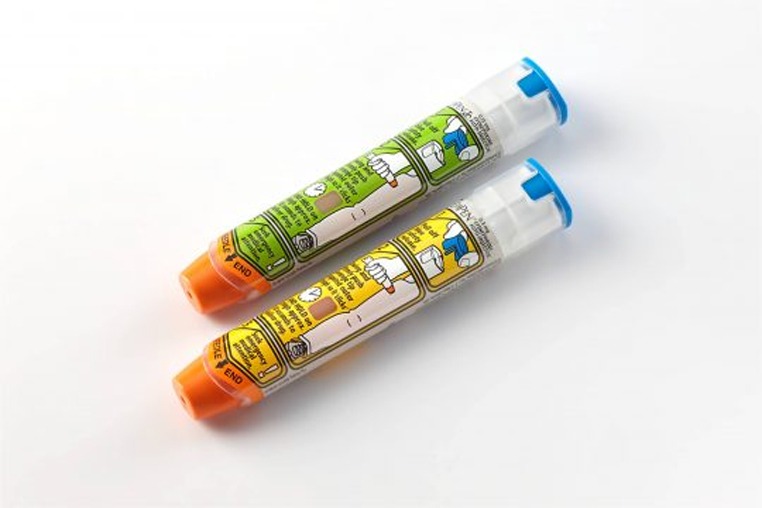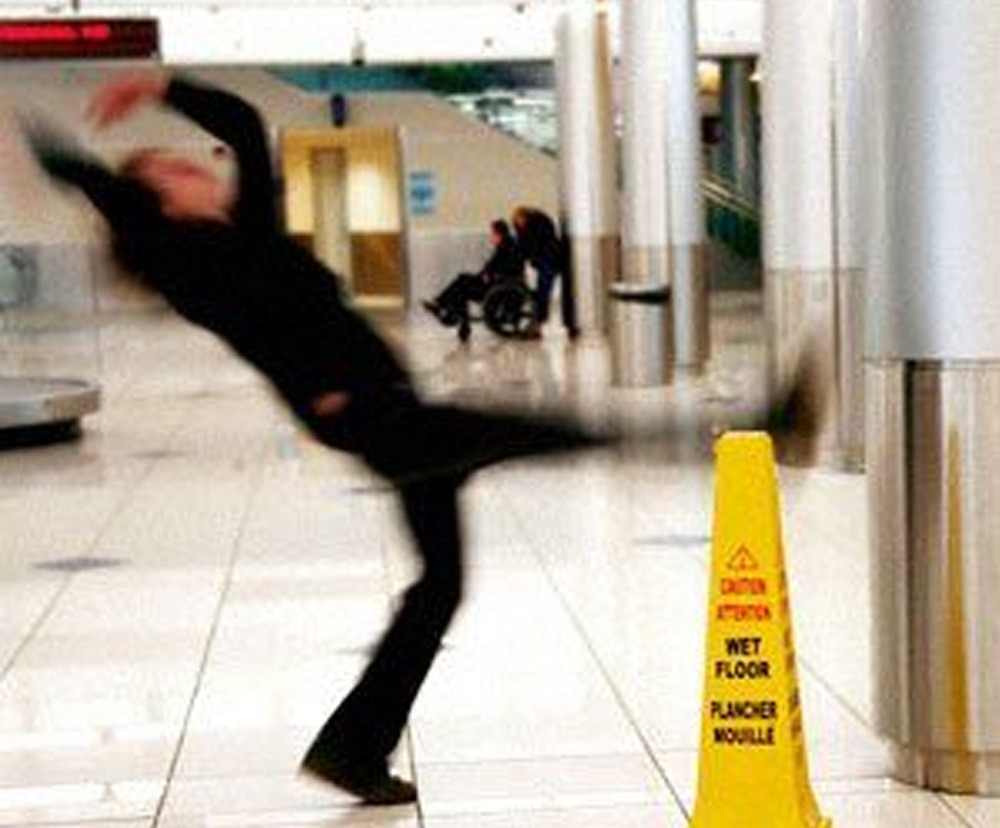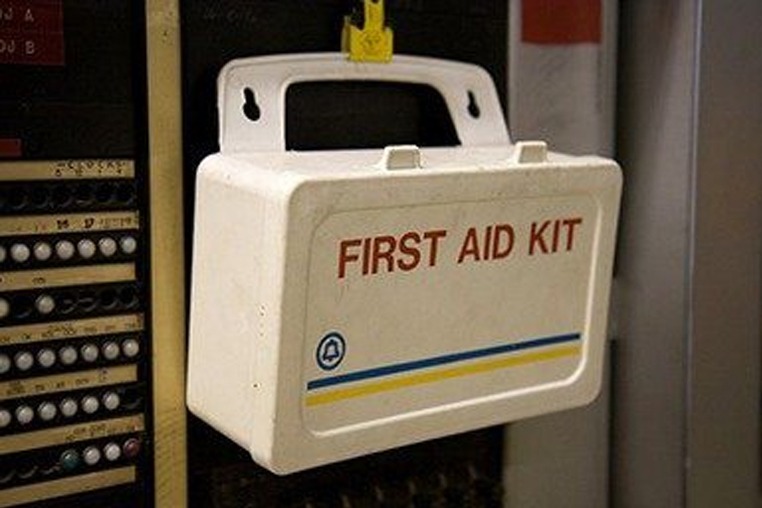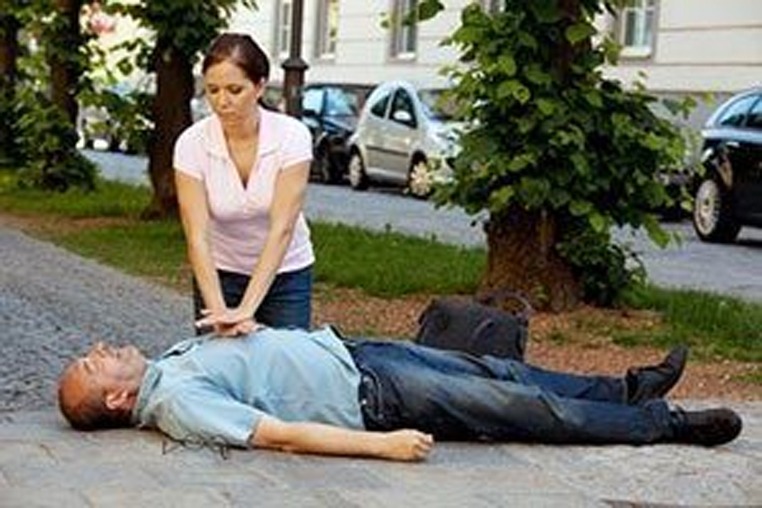First Aid Course Canberra. Price Guarantee. Excellent RTO and Training Provider. Book in now at our website for your first aid course.
PARTS of Australia have been relishing in warm sunny weather, but that’s about to change. Fast. Rain, damaging winds and snow are forecast.
RUG up — our warm weather is about to take a turn for the chilly worst.
Extreme weather is already hitting many parts of the country’s southeast and temperatures are set to dip again tomorrow with heavy rain, damaging winds and possible snow set to fall.
Sky News Weather chief meteorologist Tom Saunders said the chilly conditions are caused by a cold front in the southeast.
“We have near record high May temperatures in NSW and the ACT and much-needed rain over southern Australia with the risk of damaging winds,” he said.
Mr Saunders said April was the second hottest on record for Australia on average across the whole country, but that has now come to an end.
“Much of the southeast recorded their hottest April on record, including Canberra and Sydney,” Mr Saunders said.
“It was also the driest April in 21 years with a countrywide average of only 10.2mm.”
The Bureau of Meteorology (BOM) warned rain and possible thunderstorms will hit parts of South Australia today and tomorrow.
Winds of up to 90km/h and heavy rain are forecast to hit Adelaide, Mount Lofty Ranges, Lower Eyre Peninsula, Eastern Eyre Peninsula, Yorke Peninsula, Mid North and Kangaroo Island.
Murraylands, Upper South East, Lower South East and parts of West Coast and Riverland districts are also expected to be hit by strong gusts.
The BOM has also issued severe weather warnings for damaging winds across Central, South West and North Central districts of Victoria with wind gusts of 90km/h expected.
Winds of up to 110km/h could hit Alpine regions.
Mr Saunders said rain and storms could hit later today with Adelaide and South Australia already receiving a heap of rain.
“Adelaide’s heaviest rain should be through the morning and the city could receive its heaviest fall so far this year,” Mr Saunders said.
“Already this morning the Eyre Peninsula has received about 10 to 20mm of rain — the heaviest so far this year. There is also the risk of damaging wind gusts across SA this morning.”
Adelaide is due to hit lows of 11-13C over the next few days. The city will hit a high of 20C today with showers, 18C tomorrow and 21C on Saturday with showers easing.
Mr Saunders said the rainband will then spread across southern NSW, Victoria, and Tasmania later today and early Friday.
“The best falls will be along the coast and ranges with over 25mm for some areas,” Mr Saunders said.
“Generally less than 10mm will fall across most of the Murray Basin but it has been so dry this year that could still be the heaviest fall this year.
“For example Mildura’s wettest day so far this year has only brought 3.2mm and the city has received less than 10mm for the entire year.”
Tomorrow is looking equally as chilly.
“Friday will be colder over the southeast and again windy with showers and even some Alpine snow,” Mr Saunders said.
“The weather will ease over the southeast during the weekend.”
However Mr Saunders said while freezing weather was set to hit some parts of the southeast, other areas were basking in warmer conditions.
“Ahead of the rainband, near record high maximum temperatures are developing over NSW, the ACT and central/eastern Victoria,” Mr Saunders said.
He said maximum temperatures today for parts of NSW were actually a May record with Canberra due to hit 24-24.5C, Albury 28-27.6C, Wagga Wagga 28-31.1C, Orbost 28-28.9C and Griffith 29-28.6C.
Sydney can expect lows of 13-19C over the next few days.
The city will hit a top of 26C today, 26C tomorrow and 22C on Saturday.
Melbourne will reach lows of 11-12C over the next few days and a high of 25C today with heavy showers. The city will hit a high of 18C tomorrow and 20C on Saturday with showers easing.
If you think that’s cold, spare a thought for those in Hobart. The Tasmanian capital will experience lows of 9-10C over the coming days, with a high of 22C today dropping to 18C and showers tomorrow and Saturday.
Book in today for a first aid course on our website at www.canberrafirstaid.com

